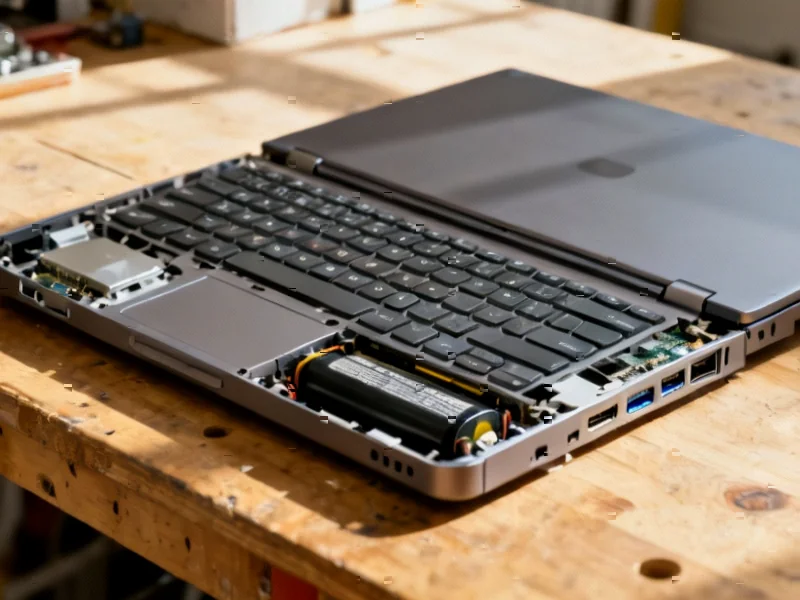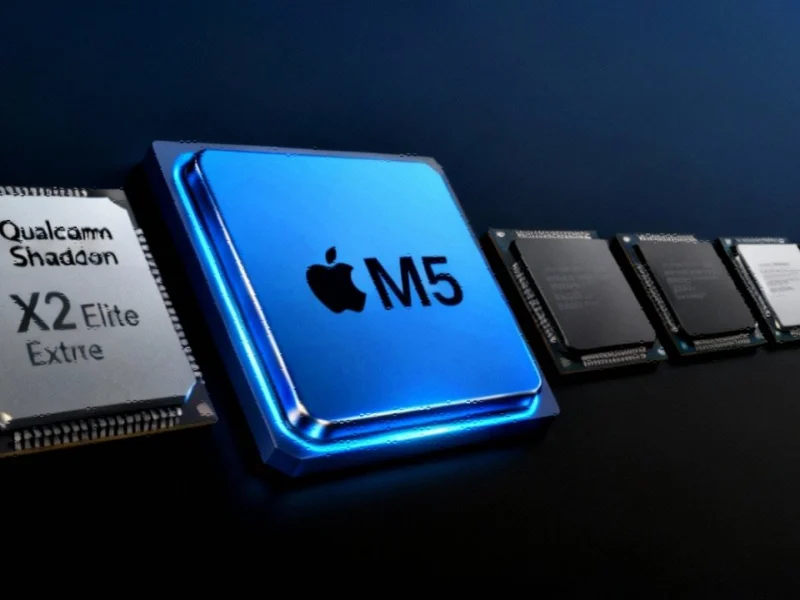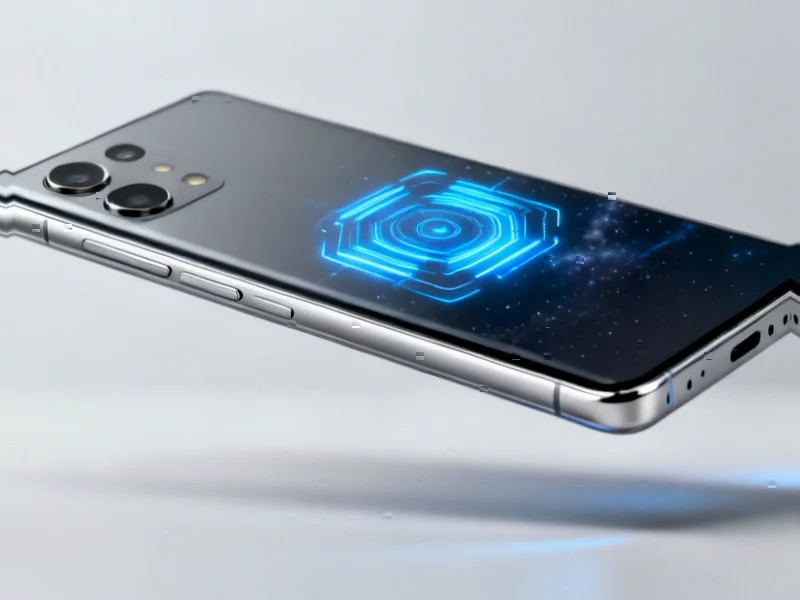According to XDA-Developers, Intel showcased a modular laptop concept at CES 2025 designed for the upcoming Panther Lake CPU platform, featuring a removable compute unit that could transform into a handheld gaming device when paired with controller attachments. The concept device, while not fully functional, demonstrated a different approach to modularity than Framework’s component-level design, focusing instead on functional transformation between laptop, tablet, and gaming handheld form factors. This glimpse into Intel’s thinking about modular computing raises important questions about the future direction of mobile device design.
Table of Contents
Understanding Modular Computing’s Evolution
Modular computing has been an elusive goal in the mobile space for decades, with numerous attempts failing to gain mainstream traction. Unlike desktop computing where standards like ATX created an ecosystem of interchangeable components, laptops have remained largely integrated due to thermal, power, and space constraints. Intel’s approach with the Panther Lake concept represents a hybrid strategy – not the full component modularity that enthusiasts desire, but rather a system-level modularity where entire functional blocks can be reconfigured. This aligns with Intel’s broader modular PC design philosophy that emphasizes sustainability and flexibility without requiring complete industry standardization.
Critical Challenges and Missing Pieces
The concept faces several significant hurdles that weren’t fully addressed in the initial reveal. Thermal management becomes exponentially more challenging when a compute unit must function in multiple form factors with different cooling capabilities. A device that works as a laptop with adequate airflow might thermal throttle severely when used as a handheld gaming device. Battery life optimization presents another major challenge – the power requirements for laptop productivity versus gaming handheld usage are fundamentally different, requiring sophisticated power management that current systems struggle to deliver.
Perhaps most critically, the economic model for such devices remains unproven. Consumers have historically shown reluctance to pay premium prices for modular features, as evidenced by the limited market success of modular smartphones like Google’s Project Ara. Manufacturing complexity increases costs substantially, and without clear consumer demand, manufacturers may hesitate to invest in the necessary engineering and production capabilities. The concept also raises questions about durability – every connector and interface represents a potential failure point, and mobile devices already face enough reliability challenges without adding modular connections.
Industry Implications and Competitive Landscape
If Intel successfully brings this concept to market with Panther Lake, it could create new competitive dynamics in several markets simultaneously. The gaming handheld space, currently dominated by devices like Steam Deck and ASUS ROG Ally, would face competition from convertible devices that offer additional functionality. More importantly, it could pressure AMD to develop similar modular approaches, potentially accelerating innovation across the x86 ecosystem.
The concept also represents a strategic move by Intel to create stronger ecosystem lock-in. By establishing proprietary modular standards, Intel could position itself as the central hub around which manufacturers build compatible devices. This approach mirrors what we’ve seen in other tech sectors where the company controlling the modular standard captures disproportionate value. However, it also risks fragmenting the market if multiple incompatible modular standards emerge, potentially confusing consumers and slowing adoption.
Realistic Outlook and Market Potential
While the concept is intriguing, the path to commercial viability remains steep. The Panther Lake architecture with its 12 Xe-core design certainly has the potential to power such devices from a performance perspective, but success will depend on solving the fundamental business model challenges. We’re more likely to see incremental progress rather than revolutionary change – perhaps starting with enterprise and education markets where the total cost of ownership arguments for modular devices are strongest.
The most plausible near-term outcome is that elements of this modular approach will appear in specialized devices rather than becoming mainstream. Gaming-focused convertibles or enterprise tablets with laptop docking capabilities could incorporate some modular elements without requiring the full transformation capability. What’s clear is that Intel is thinking creatively about the future of mobile computing, and even if this specific concept doesn’t reach consumers, the underlying ideas will likely influence product development for years to come.
Related Articles You May Find Interesting
- Quantum Sensors Break Pressure Barrier, Opening New Research Frontiers
- Windows Alternatives Gain Momentum as Windows 10 Support Ends
- Why Utility Digital Transformation Faces Steep Challenges
- New Targeted Glue Technology Opens Doors to “Undruggable” Proteins
- Europe’s Deeptech Future Hinges on Public-Private Partnership



